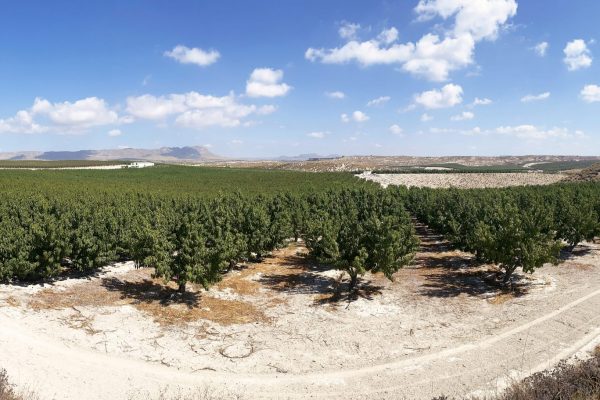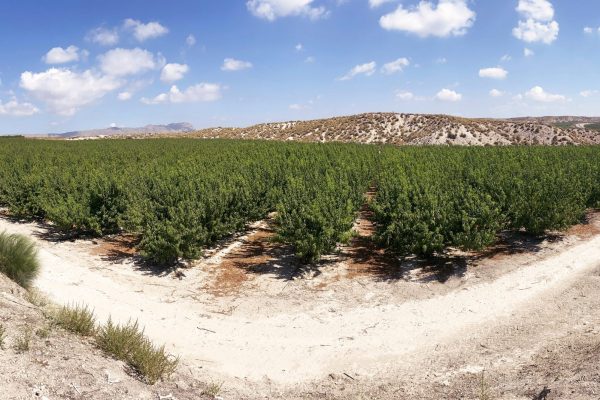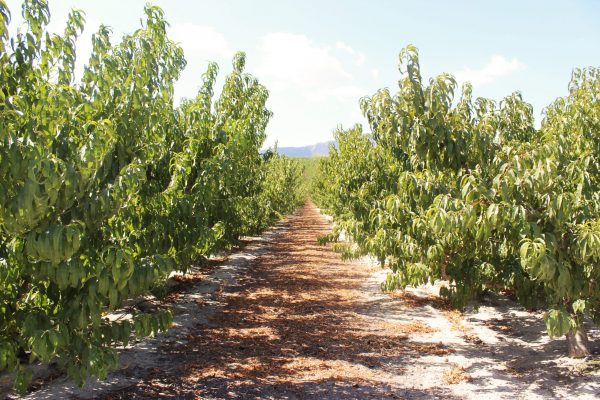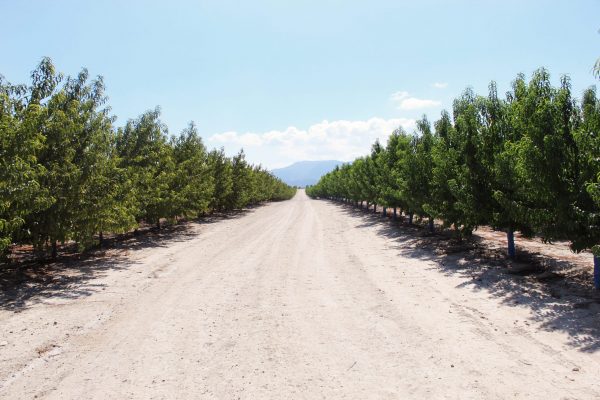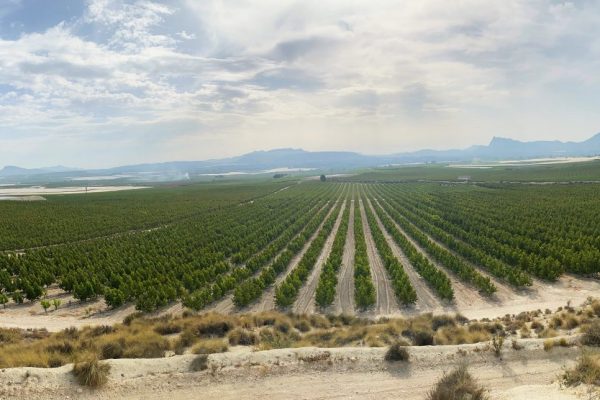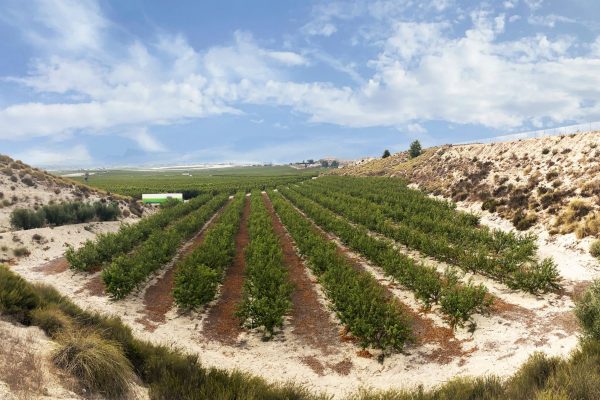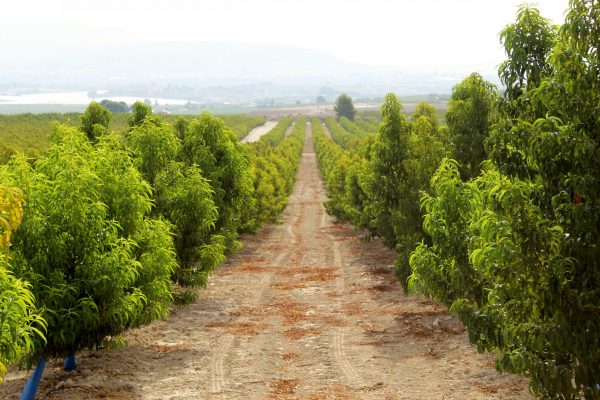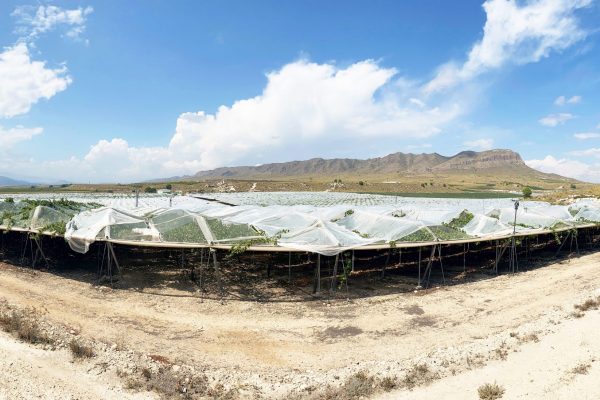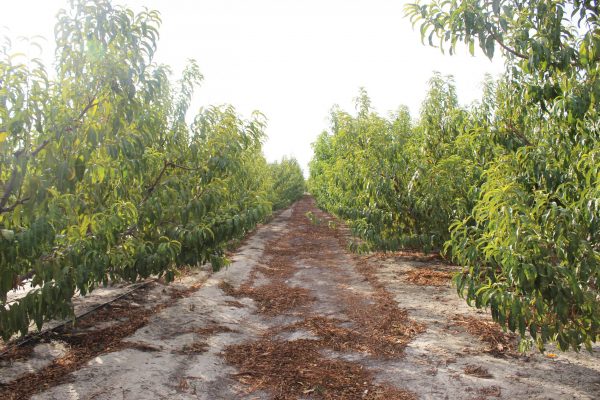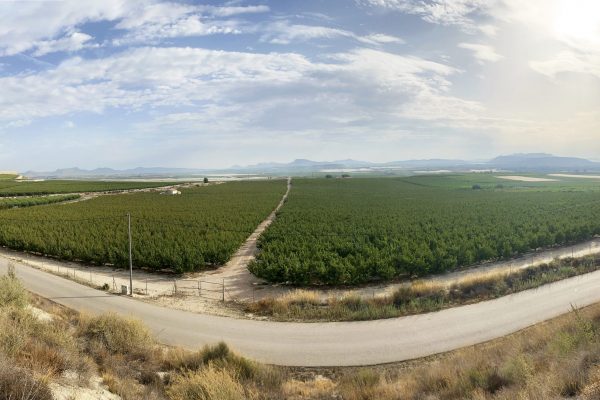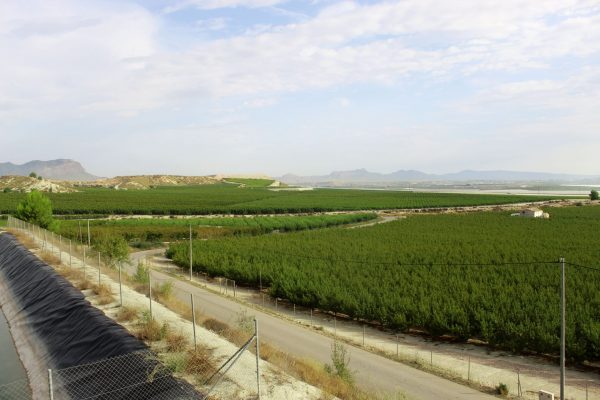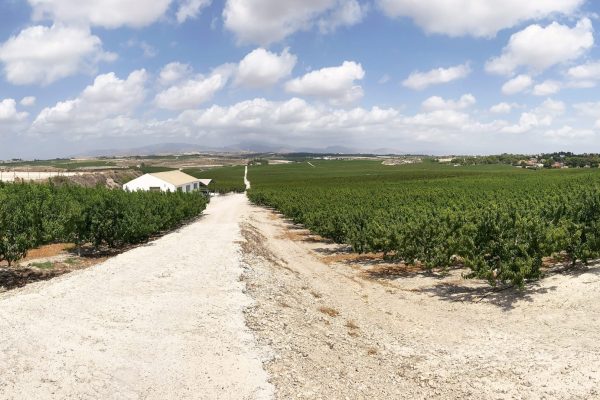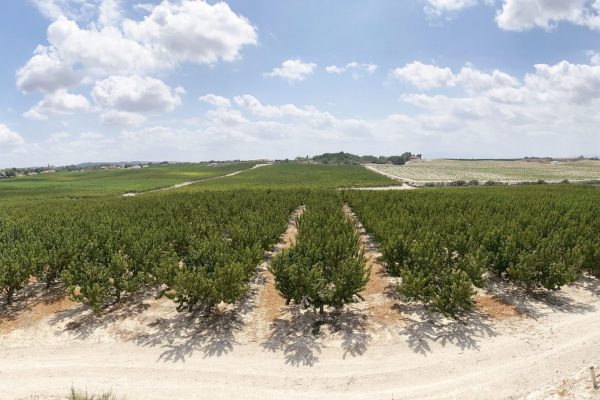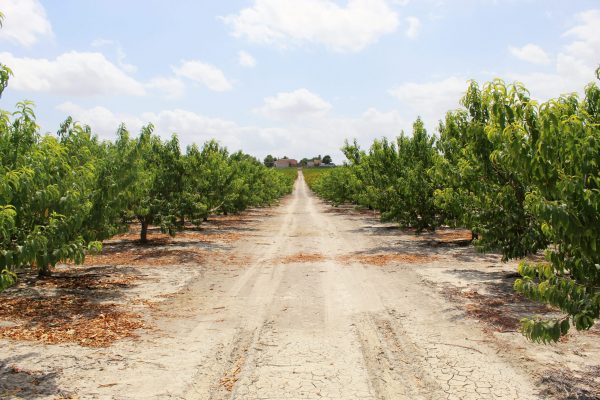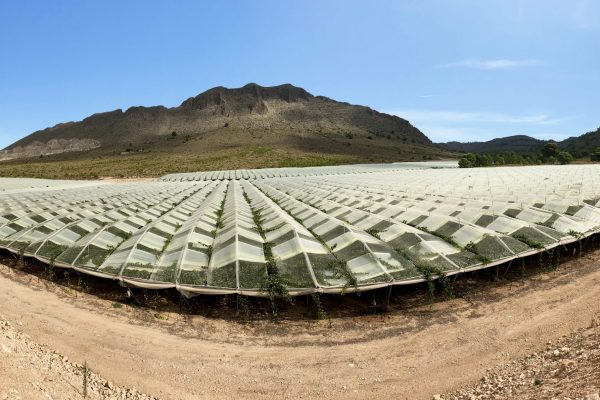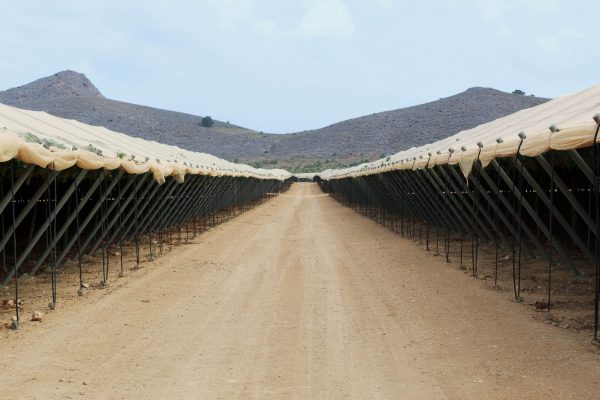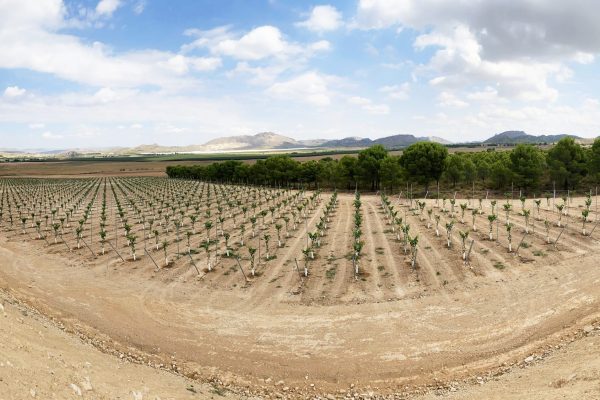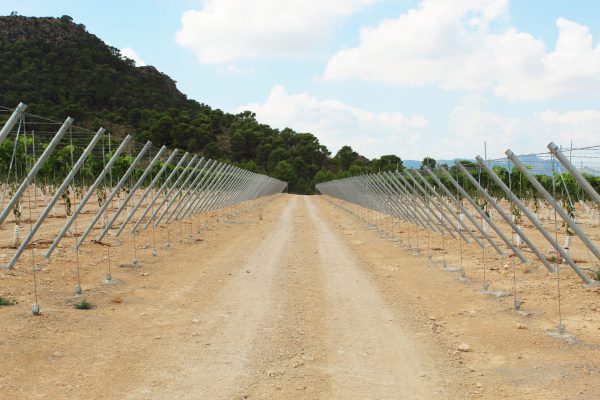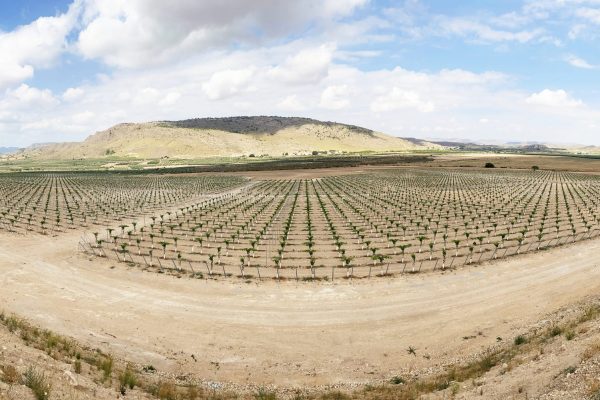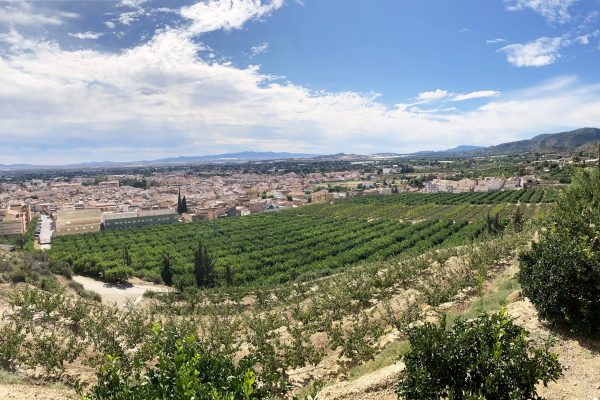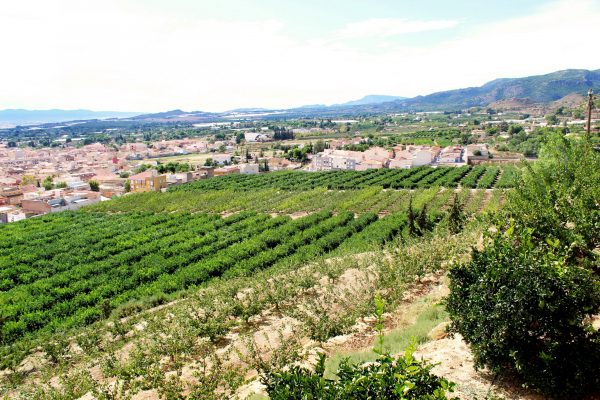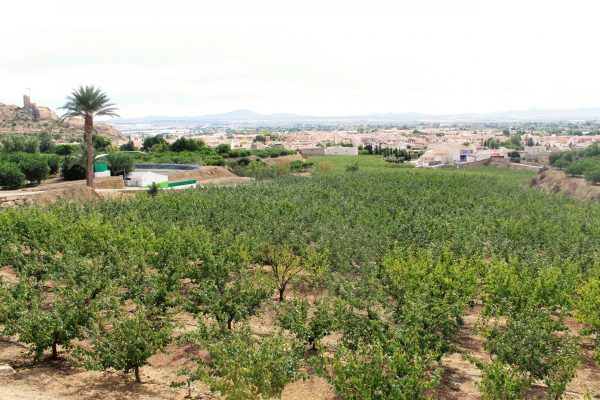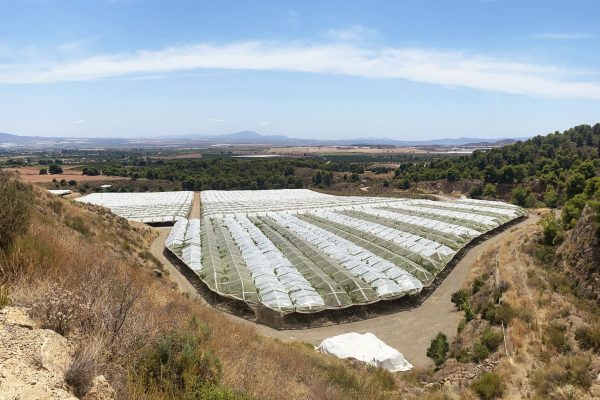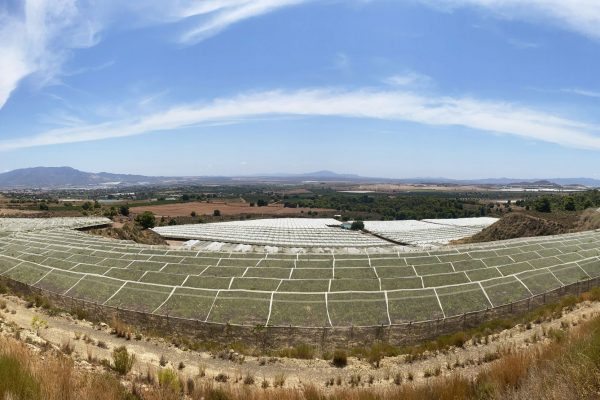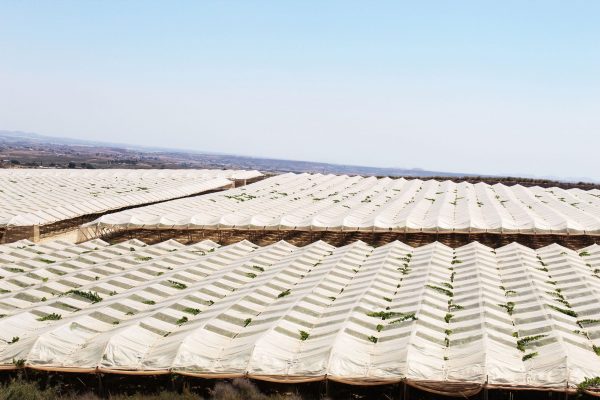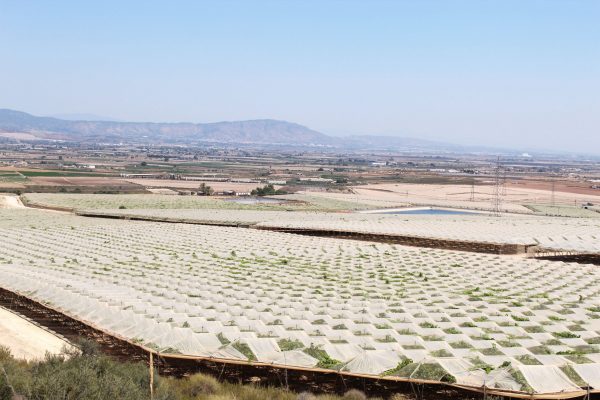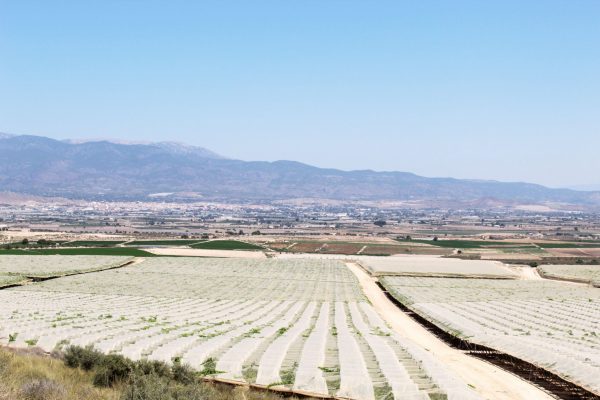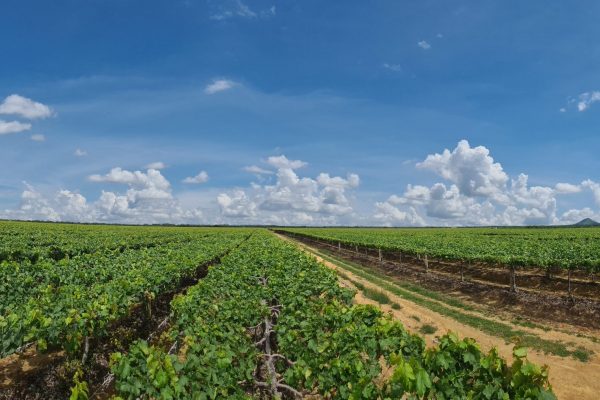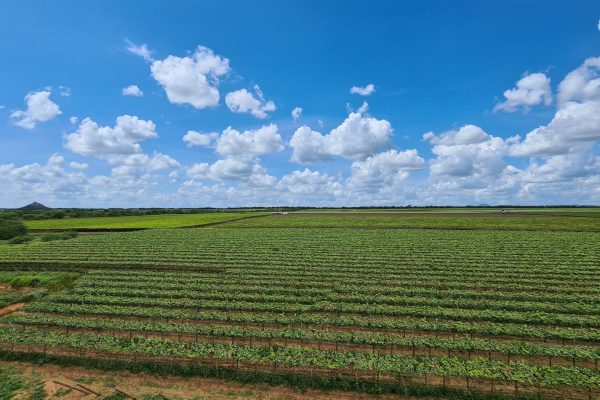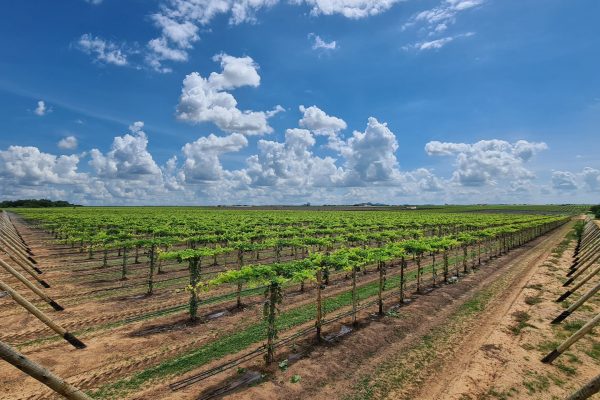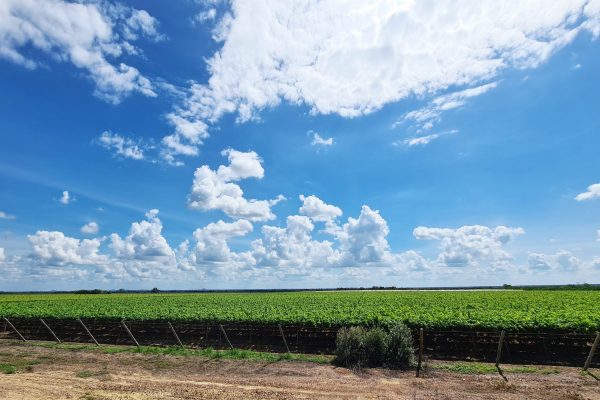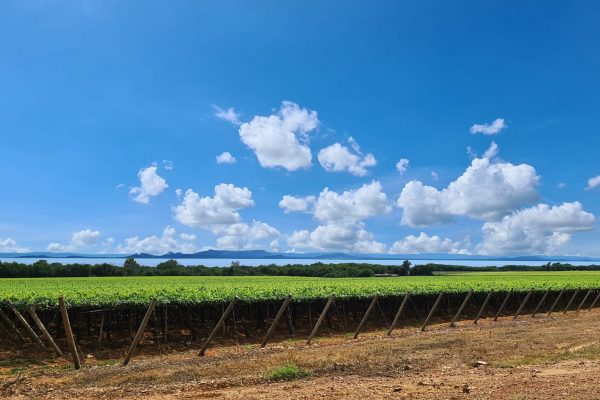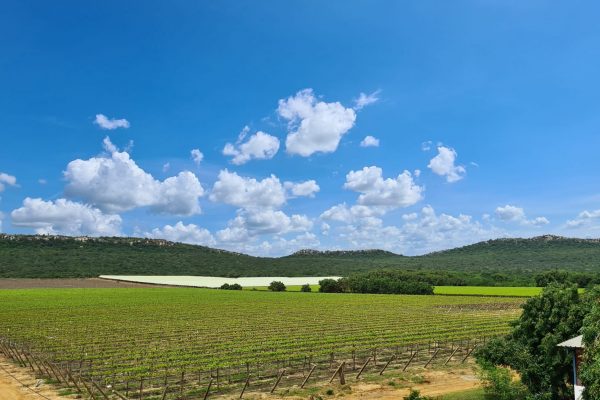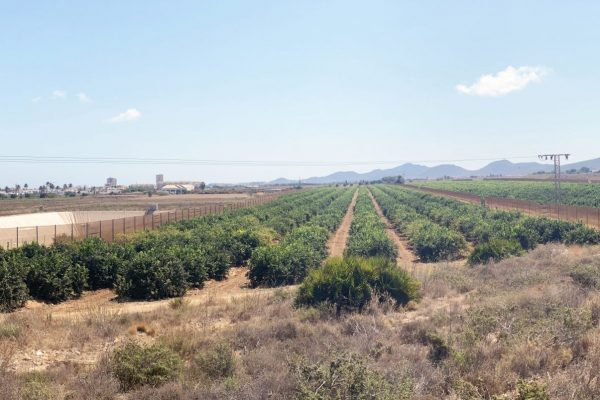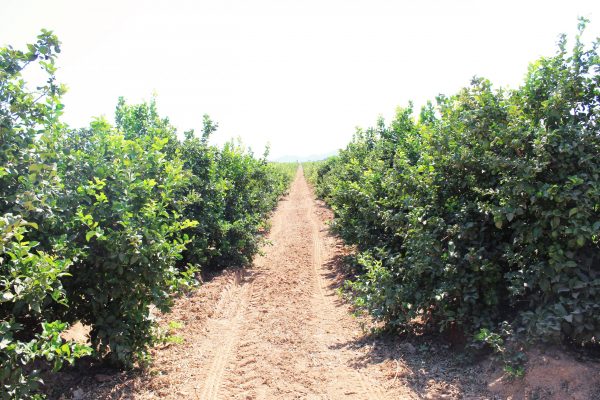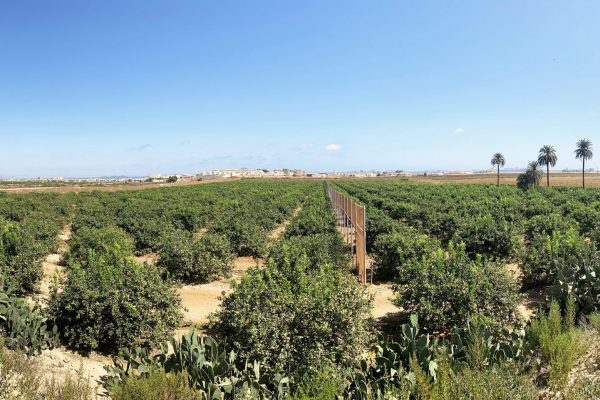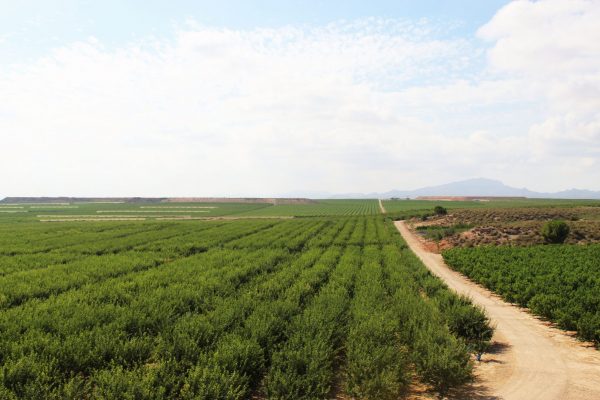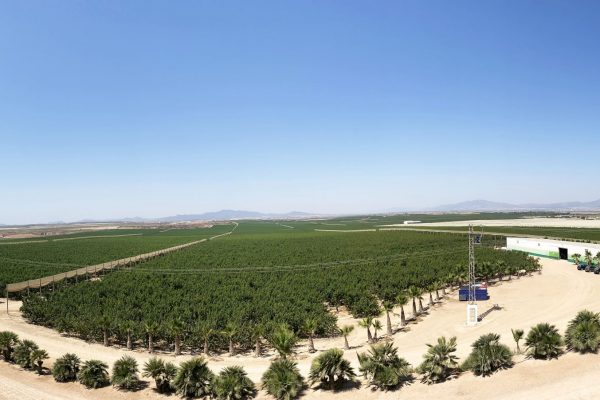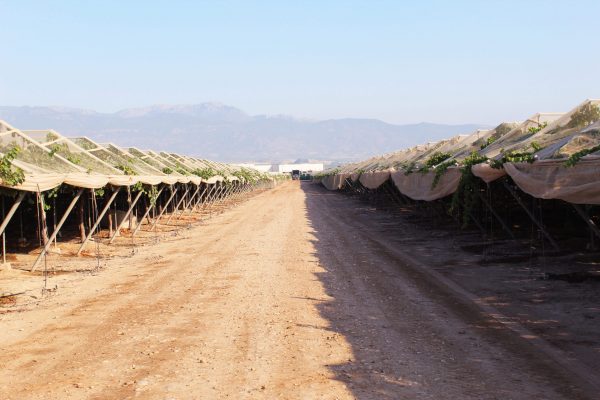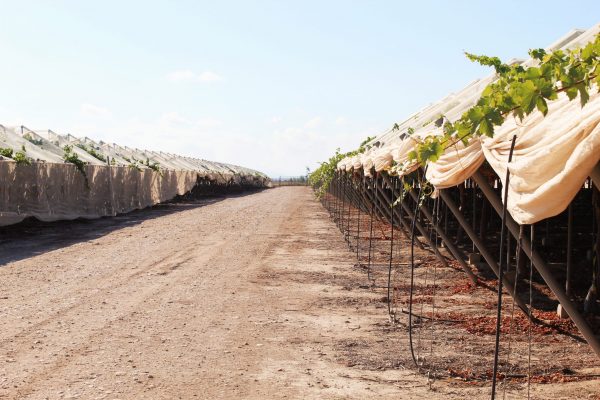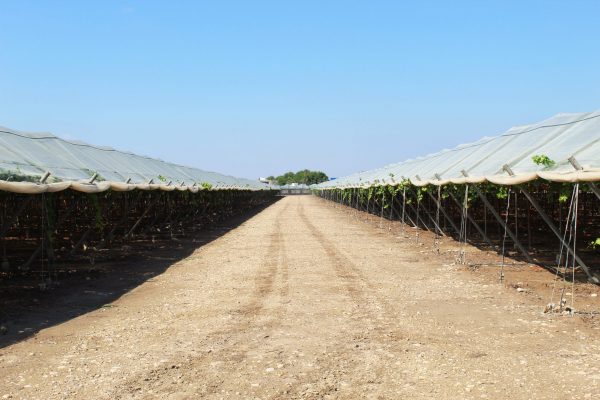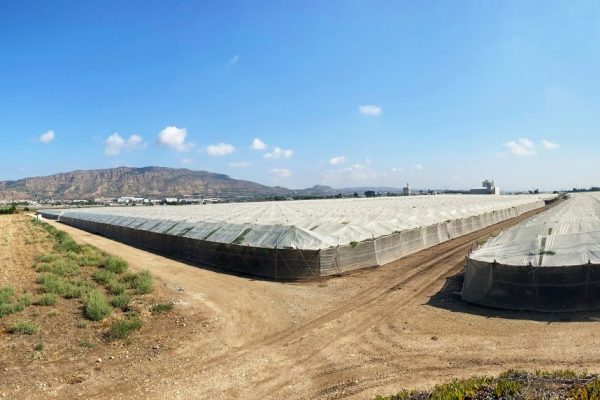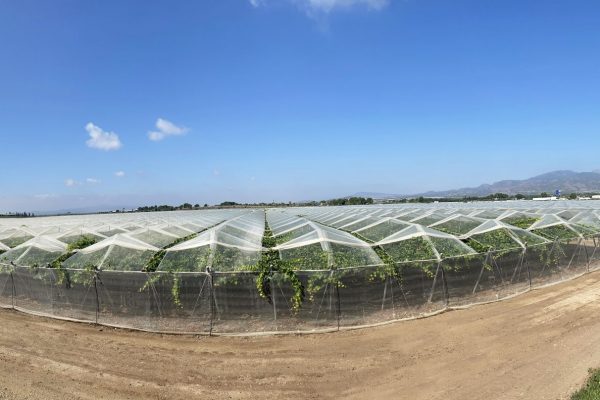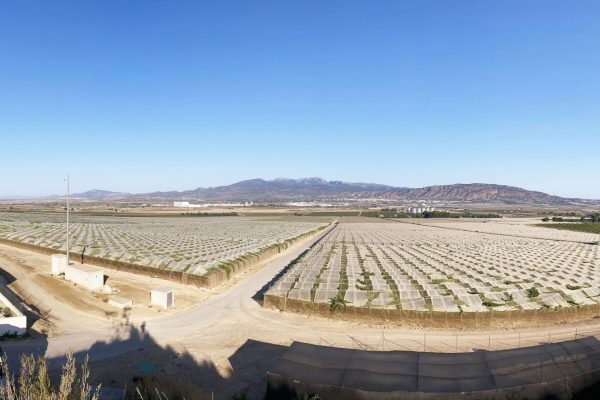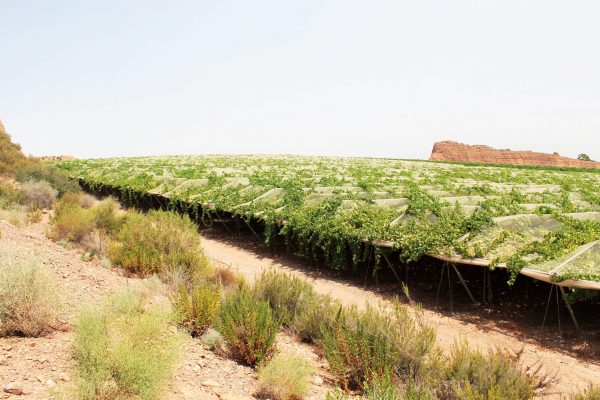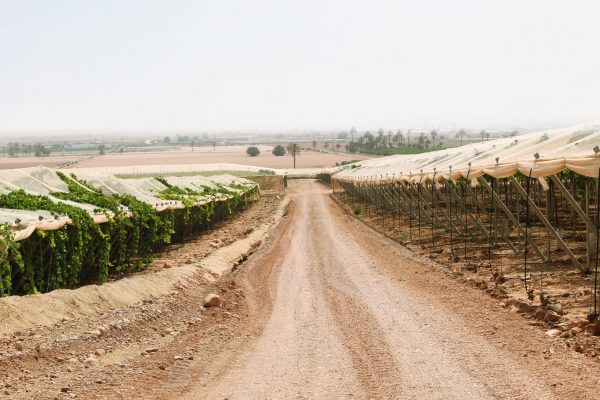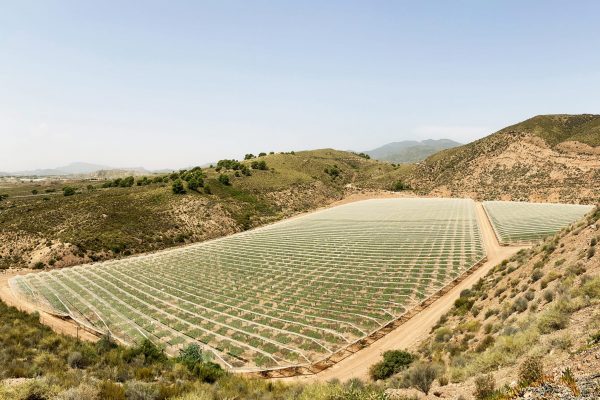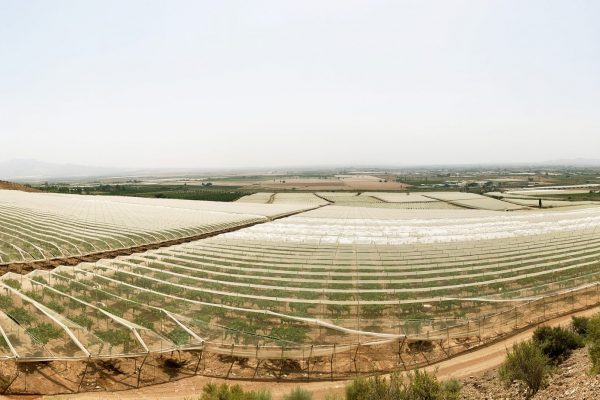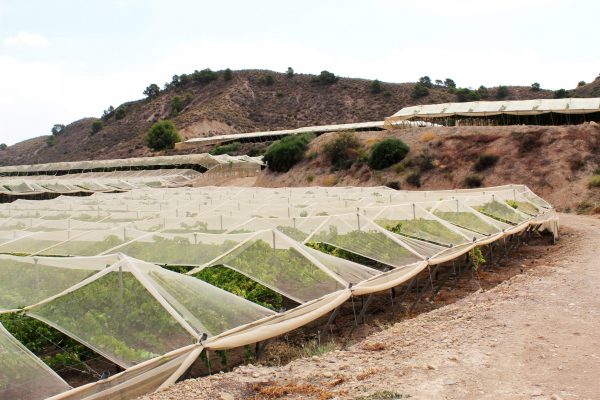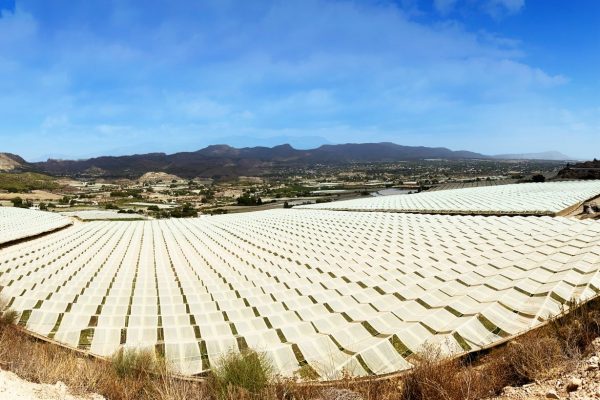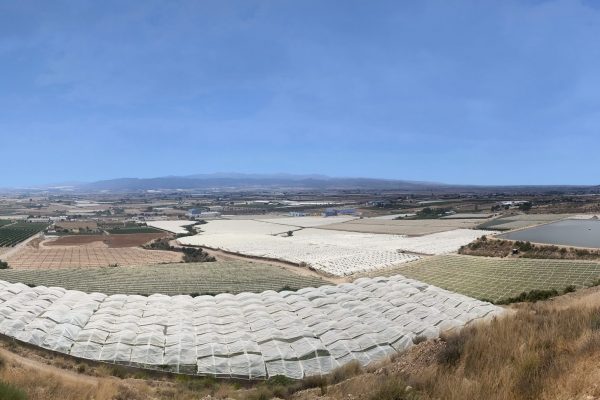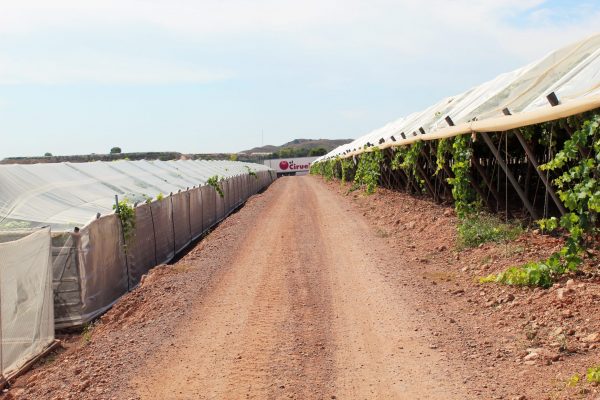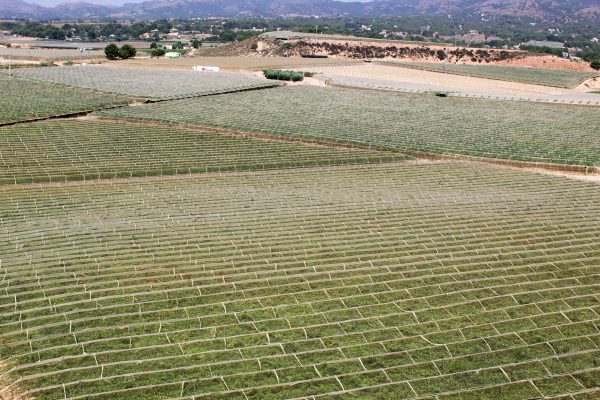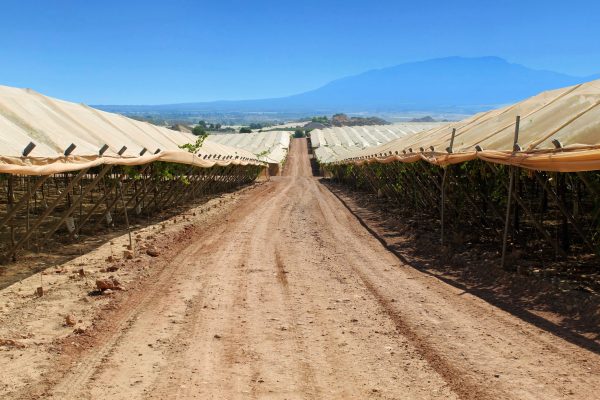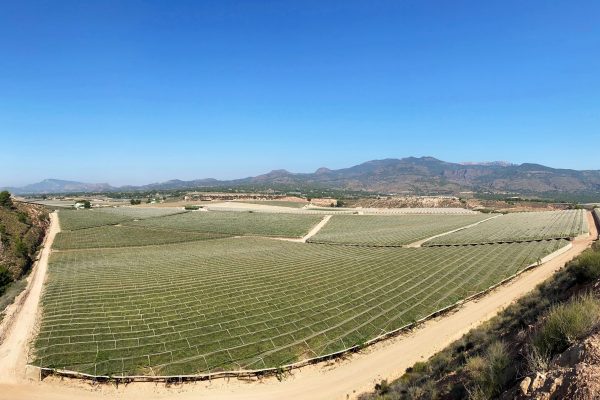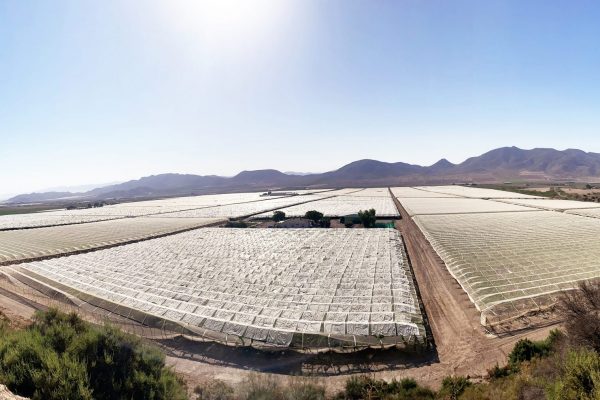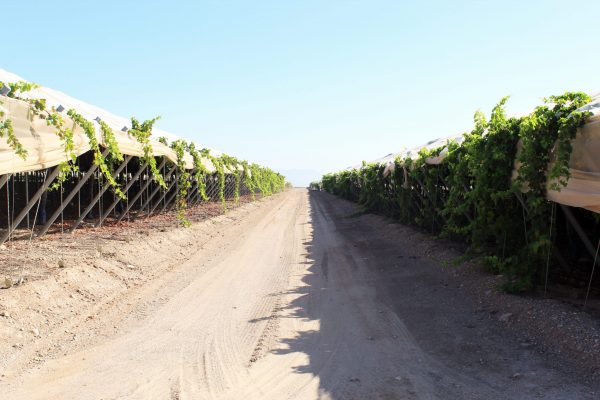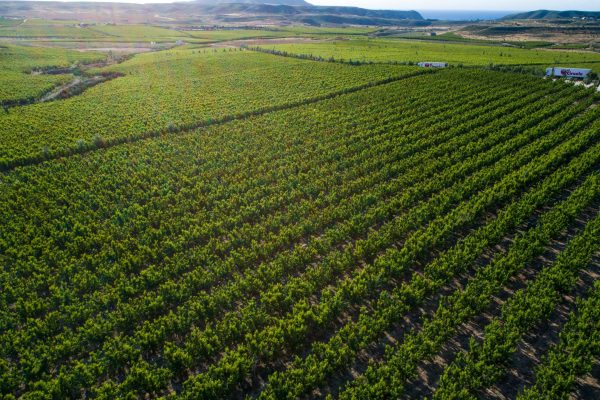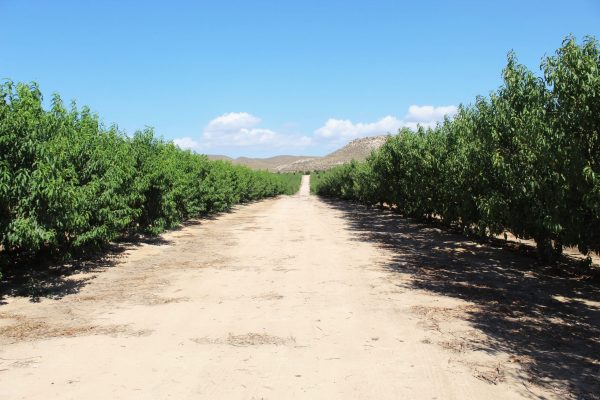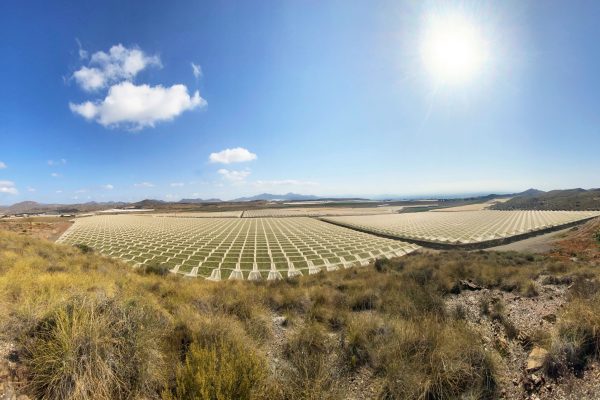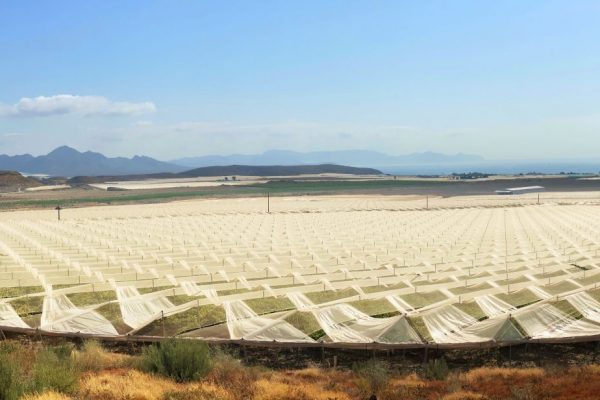What do we call stone fruit?
The term “stone fruit” is used to describe a type of fruit that contains a large, hard seed, whose technical name is endocarp. These seeds are often similar to a stone, hence the name. The seed is surrounded by a fleshy and juicy pulp, which is where the most beneficial properties of its consumption are concentrated. This term includes a varied and delicious group of fruits such as peaches, plums, nectarines, cherries and apricots. At El Ciruelo we specialise in their cultivation, which we have been doing for decades, respecting traditions and improving our work so that you can always enjoy the best quality on your table.
Stone fruit in Spain
In the Spanish crop, stone fruit is of great importance both economically and agriculturally. We must bear in mind that Spain is one of the main producers of stone fruit in Europe and even in the world, in some varieties of stone fruit such as apricot.
It is worth noting that Aragon, Catalonia, Murcia, Valencia, Extremadura and Andalusia are well known for their stone fruit production in Spain. In turn, El Ciruelo has achieved international expansion and recognition in recent years, establishing itself in international markets, establishing solid commercial relations and gaining recognition in different countries both in Europe and America. The production of stone fruits, such as peaches, plums, nectarines, cherries and apricots, generates employment and contributes significantly to the agricultural economy and are exported to various international markets, Europe being one of the main destinations.
Moreover, stone fruit cultivation in Spain has benefited from technological advances in cultivation techniques, variety selection and marketing systems, which has improved the quality of the products and their competitiveness in the market.
Curiosities of stone fruit
- Origin: Most stone fruits have their origin in Asia. For example, peaches are believed to have originated in China more than 4,000 years ago. Their origin is closely related to domestication and the shift from nomadic to sedentary as a human species. This type of fruit began to spread through trade, as they are tasty, easy to cultivate and have a great capacity to adapt to the environment. It is believed that they reached Europe via the Silk Road, and we already have evidence from Roman times (3rd century BC) of the existence of plums and cherries. Peaches would arrive in the Middle Ages in the Mediterranean world.
- Varieties: There are numerous varieties of stone fruits. For example, there are more than 2,000 different varieties of plums in the world, more than 1,000 varieties of cherries and more than 2,000 different types of peaches, a record number of varieties, which have arisen from the adaptation of stone fruits to each of the climates and soils to which they have been exposed.
- Early flowering: Stone fruits are usually among the first to flower in spring. They need a certain amount of winter cold in order to flower properly, a process that is very sensitive to thermal changes and atmospheric pollution. Flowering, in places such as Cieza (Region of Murcia), has become a real tourist attraction for people both within and outside the autonomous community, turning the cultivation of fruit trees into another economic engine, apart from the harvest.
- Cross-pollination: Some stone fruits require cross-pollination, which means that they need pollen from another compatible variety in order to produce fruit. This is because some fruit trees have separate male and female flowers or require different varieties for effective pollination.
- Nutritional value: Stone fruits are an excellent source of nutrients. They are low in calories and fat, but rich in vitamins, minerals and fibre. They are also a good source of antioxidants, such as vitamin C and carotenoids. Consuming stone fruits regularly can have several health benefits. They can help improve digestion, promote heart health, strengthen the immune system and contribute to healthier skin, among others.
- Culinary versatility: Stone fruits are very versatile in the kitchen. They can be enjoyed fresh, added to salads, used in sauces, jams, cakes, ice cream and many other preparations. From El Ciruelo we are determined, through our blog, to show you all the recipes in which our fruits can make a difference and become the protagonists of a healthy and balanced diet.
- Climate sensitivity: One of the most surprising phenomena is the sensitivity of fruit trees to climate change. When we harvest peaches and cherries, we see how they are particularly sensitive to climatic conditions during their growing period. Cold temperatures during flowering can damage buds and affect fruit production. Similarly, late frosts can be detrimental to blossoms and developing fruit. On the other hand, a warm and dry spring followed by a sunny summer can favour a good harvest with excellent quality fruit. For all these reasons, at El Ciruelo, we are determined to respect and conserve our planet and natural environment, so that we can always enjoy our fruit and vegetables.
Characteristics of stone fruits
- Hard endocarp: A characteristic found in all the varieties of any stone fruit species is a hard and large stone inside that protects the seed. It varies in size and shape depending on the species.
- Juicy flesh: Stone fruits have a juicy flesh (what we commonly call “flesh”) surrounding the seed. This flesh is edible and is what provides the succulent texture and characteristic flavour of stone fruits.
- Sweet flavours: Stone fruits have a naturally sweet and appetising taste when ripe. This aspect has been linked by some geneticists and researchers to an adaptive survival strategy based on consumption by animals and then distribution of the seeds elsewhere via waste. However, both the amount of pulp and its sweet taste are the result of genetic crossbreeding carried out in the traditional way for more than 4000 years through cultivation.
- Varied colours and shapes: Stone fruit has an infinity of colours and shapes in many of its species, an aspect that is explained by the thousands of varieties of fruits such as cherries or plums. They can be red, yellow, orange or green, and their shape can be round, oval or elongated, depending on the species and variety.
- Specific harvest season: Stone fruits have a specific harvest season when they are ripe and ready to be harvested. This season may vary according to species and region, but in general, stone fruits are usually available in summer.
All these facts make stone fruits nutritious, healthy and, above all, interesting foods. We are sure that the next time you see one of our plums, peaches, apricots, nectarines, flat peaches or cherries, you won’t look at them with the same eyes…

